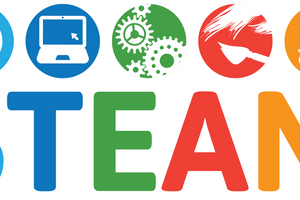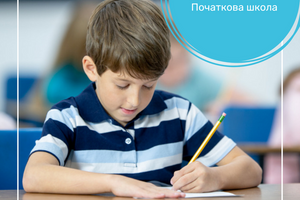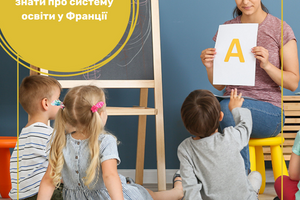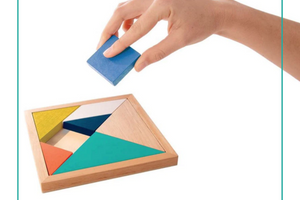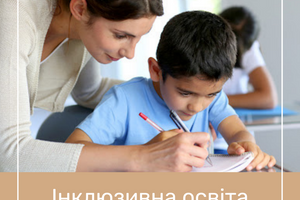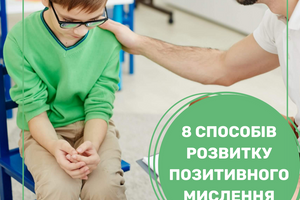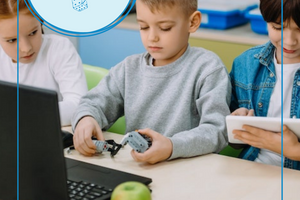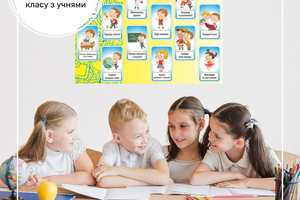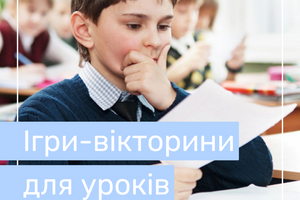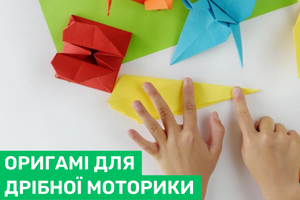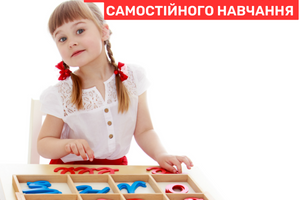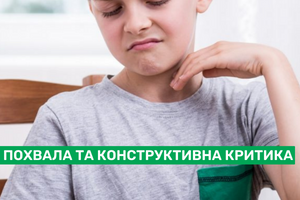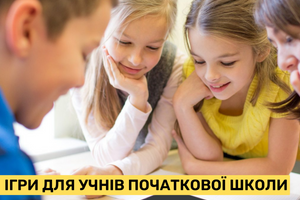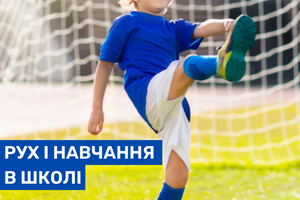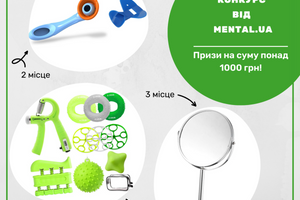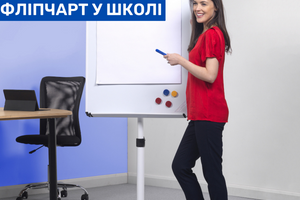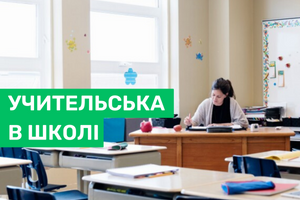Summer fun and sensory exercises while walking
The warm season has arrived, and with it a wealth of different textures, colors and sounds.
This is the perfect time to combine daily walks and sensory exercises. Every child needs movement to properly develop and meet sensory processing needs. Summer is a great opportunity to work on visual-motor integration by providing different stimuli that stimulate the senses, expanding the sensory and cognitive experience.
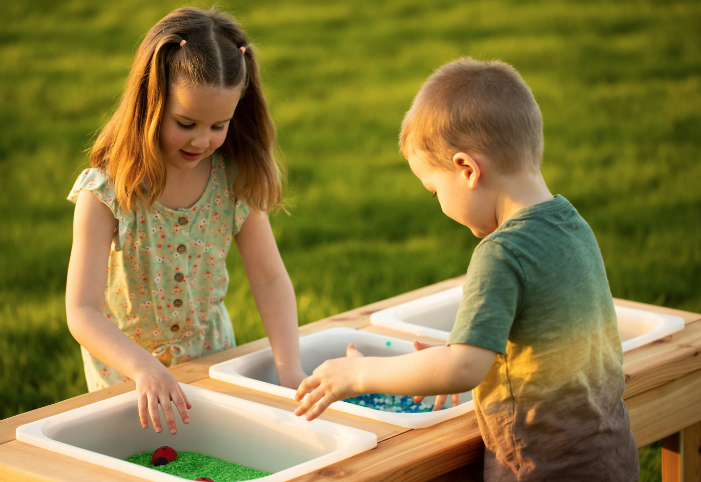
Here is a suggestion of simple games that you can easily do while walking with your child:
During your walk, stop for a moment and look around. Ask the child to carefully look around and find the details of the landscape and the space around it. During this activity, we practice conscious eye movements. Next, stand behind the child and ask him to first slowly lower his head and then slowly raise it, all the while looking further and further ahead. At this moment, the first stage of visual-motor integration training is performed. The child's nervous system calms down, relaxes and harmonizes. At the next stage of the exercise, ask the child to indicate the first object that he sees closest and farthest. Thanks to this, she will train her vision and learn to maintain attention in harmony with the movement of the body.
Ask the child to walk slowly and look for pebbles and twigs along the way. This activity will require concentration, frequent bending, squatting, and picking up small objects, which integrates the senses and teaches concentration.
Just smelling the blooming flowers is an exercise. During this activity, the child should bend over, exercising the muscles of the spine, as well as perform other additional exercises, such as squats, bows, head tilts. In addition to physical exercises, the child will primarily train the sense of smell and will enable the activation of the cerebral cortex, which is responsible for the regulation of emotions. This is an excellent type of visual-motor training, harmonized with the sense of smell.
During the walk, collect all kinds of "treasures" with your child that you will meet on your way. These can be pebbles, sticks, leaves, etc. Ask the child to close his eyes, and you give him these objects in one hand, then in the other. During this activity, the child's task is to name the texture of the objects he is holding in his hand. For example, slippery, smooth, rough, etc. This exercise will promote the integration of shapes, simulate the sense of touch and enrich vocabulary.
Take the child to a place where there is a sandbox nearby. Hide some objects in the sand. The child's task is to find hidden treasures. This game has a positive effect on tactile discrimination (that is, the ability to distinguish between stimuli acting simultaneously). While in the sandpit, it's also a good idea to wet the sand with water to create a gentle slime. Wringing wet sand will have a positive effect on the stimulation of the deep senses.









